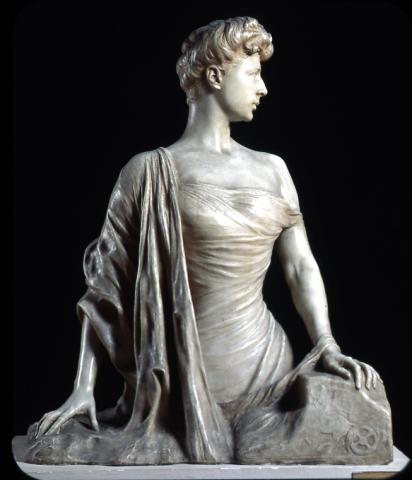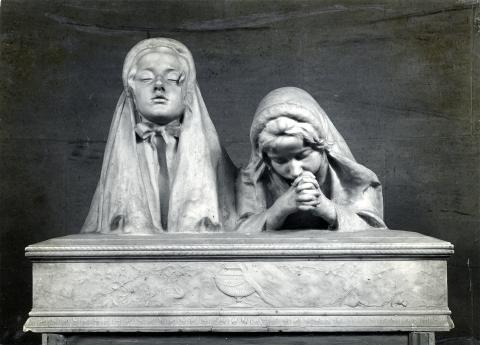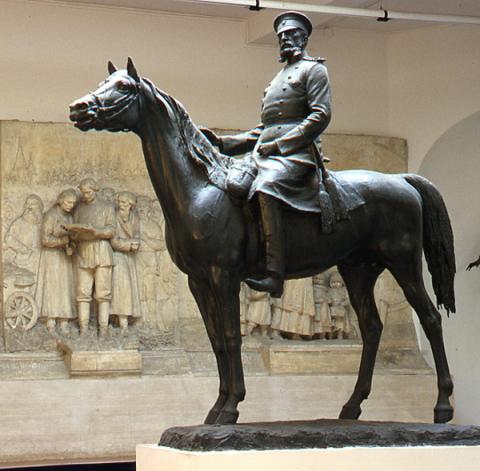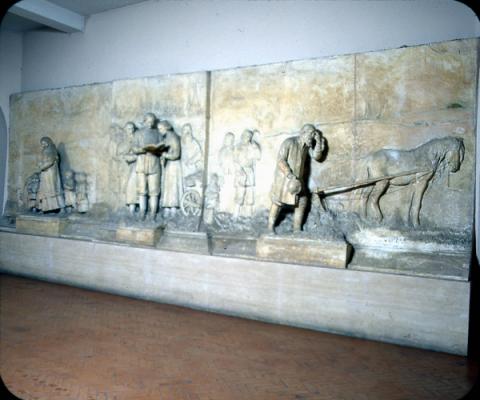Villa Borghese
Il Parco di Villa Borghese occupa un'area di circa 80 ettari nel cuore della città tra le Mura Aureliane e i quartieri Pinciano, Parioli e Flaminio. Racchiude al suo interno edifici, sculture, monumenti e fontane, opera di illustri artisti dell'arte barocca, neoclassica ed eclettica, contornati da alberi secolari, laghetti, giardini all'italiana e grandi spazi liberi. Il nucleo più antico della villa, proprietà dei Borghese dal 1580, fu ampliato nei primi anni del Seicento per volere del cardinale Scipione Caffarelli Borghese che acquisì una serie di vigne e di terreni limitrofi con l'intenzione di crearvi una "villa di delizie", simbolo dello status sociale della famiglia.
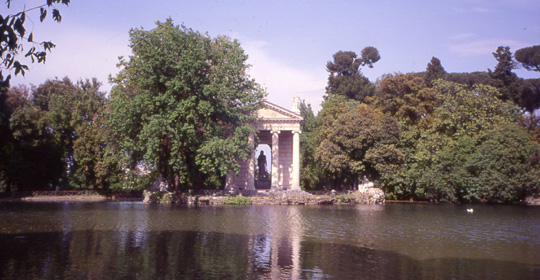
The Villa Borghese Park occupies an area of about 80 hectares in the heart of the city, between the Aurelian Walls and the areas of Pinciano, Parioli e Flaminio. Inside are enclosed buildings, sculptures, monuments and fountains, works of illustrious artists from the baroque, neoclassical and various other periods, set among centuries-old trees, lakes, Italian gardens and wide open spaces.
The original nucleus of the park, Borghese property in 1580, was extended in the first years of the seventeenth century at the desire of Cardinal Scipione Caffarelli Borghese, who acquired a series of vineyards and plots of land bordering them with the intention of creating a “garden of delights”, a symbol of the social status of his family.
In 1606 Cardinal Scipione entrusted the realization of this project to the architects Flaminio Ponzio e Giovanni Vasanzio, with the assistance of the gardener Domenico Savini da Montepulciano and a number of artists, including Pietro e Gian Lorenzo Bernini.
In 1633 the park was substantially completed and it did not undergo any major changes until 1766, when Prince Marcantonio IV embarked on a thorough program of works, transforming both the principle buildings, in particular the Main House (now the Galleria Borghese) and the House of the Water Games (now the Orangery – Carlo Bilotti Museum), and, to a great extent, the park. The greatest change was the creation of the Garden of Lakes, the work of the architects Antonio e Mario Asprucci.
The gardens were decorated with precious objects: fountains and miniature buildings, which gave the park new and atmospheric viewpoints and prospects.
In the early years of the nineteenth century, Camillo Borghese, Marcantonio’s son, further enlarged the park, acquiring plots of land near the del Popolo and Pincian Gates. The work of harmonizing the new properties with the old was given to the architect Luigi Canina.
The Borghese princes were well known for their hospitality to the Roman people. During the nineteenth century the park was opened on festive occasions, and was a theatre for spectacular displays and public parties, with singing and dancing.
In 1901 the Italian State acquired the entire monumental complex and in 1903 ceded it to the Municipality of Rome to be used by the public.


























